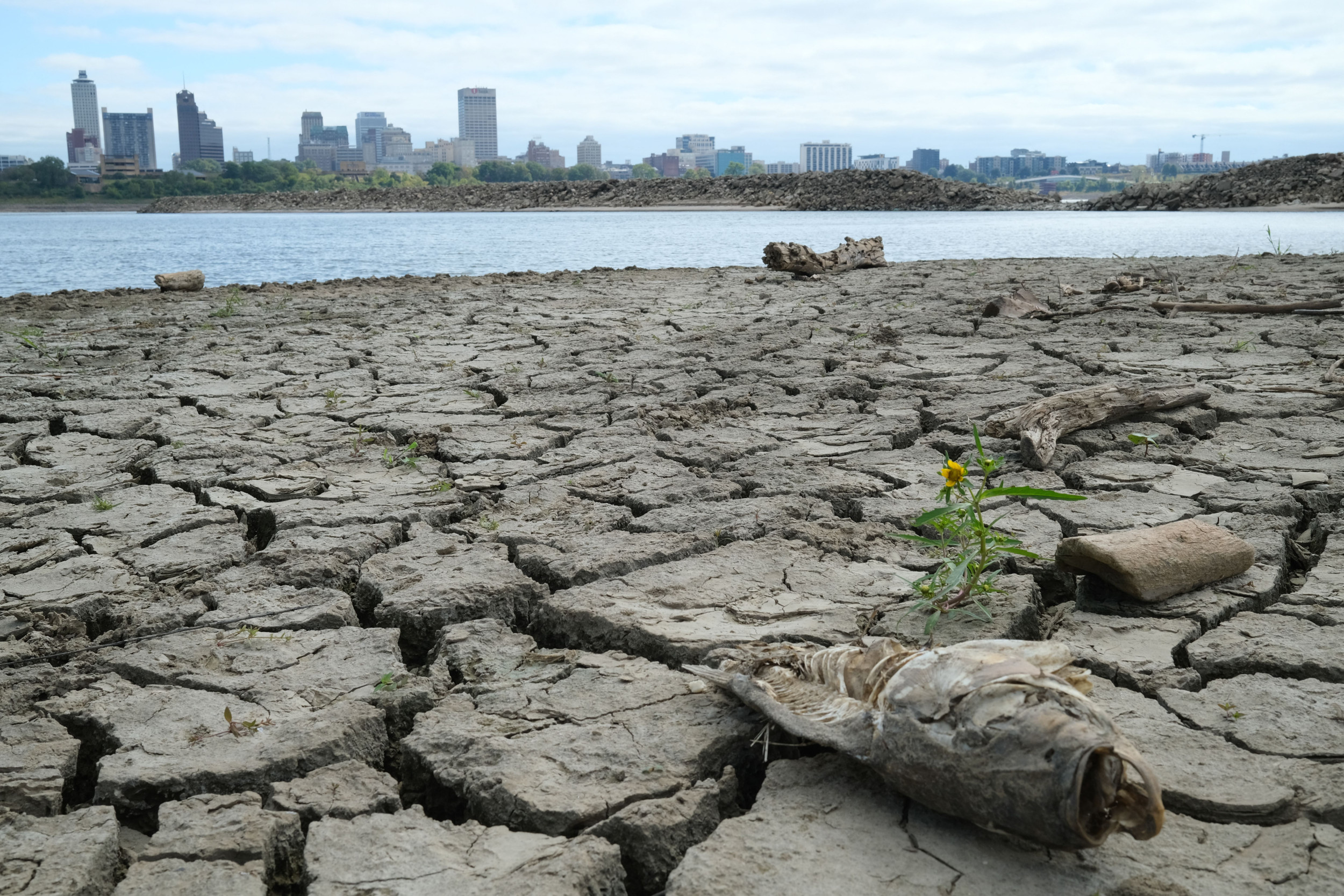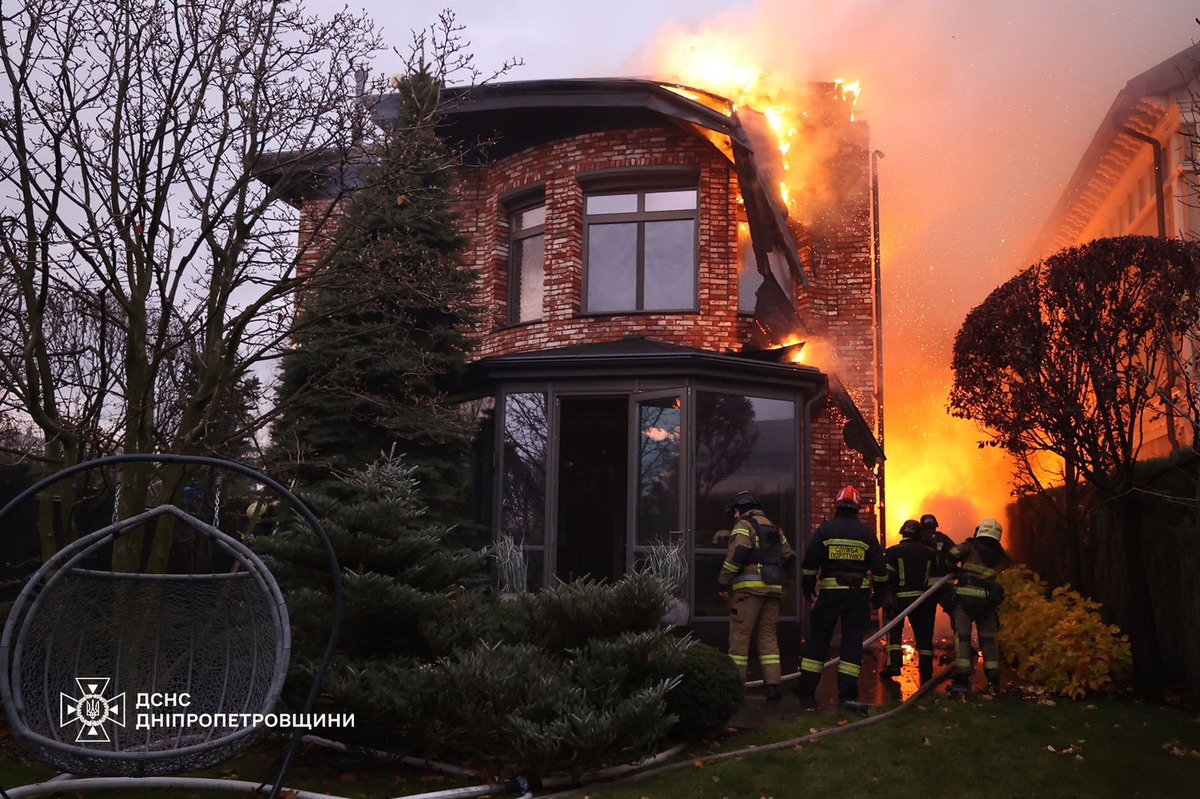Last year, the U.S. experienced a record number of billion-dollar natural disasters, with 28 wildfires, hurricanes, floods, tornadoes and other severe weather events contributing to a total $93 billion in disaster damage. This is the highest number of billion-dollar disasters since the National Oceanic and Atmospheric Administration began such tracking in 1980.
We're experiencing more disasters that are increasingly costly. Yet FEMA's Disaster Relief Fund (DRF) ran out of money halfway through hurricane season for the second year in a row. Although Congress replenished the DRF in September, just before Hurricanes Helene and Milton hit, this critical funding and the other assistance programs shouldn't depend on last-minute budget deals.
As co-chairs of the National Governors Association Public Health and Disaster Response Task Force, we urge Congress to make comprehensive disaster funding a top priority and pass the president's request for additional disaster relief funding.
Our states know firsthand how important federal disaster funding is to recover from devastating events.

Hawaii recently marked one year since catastrophic wildfires swept through West Maui and Upcountry in August 2023, destroying the town of Lahaina, claiming the lives of 102 people and leaving thousands displaced. It's considered the deadliest wildfire in modern U.S. history, and the impacts are staggering. More than 17,000 people were displaced, and more than 150 businesses damaged or destroyed.
In Vermont, exactly one year after historic and catastrophic flooding, there were three additional floods in just over one month—each requiring federal disaster declarations. In previous decades, Vermont averaged one federal-disaster-level flood once every other year. Now we're seeing at least two per year with significant damage to homes, businesses, and municipal and state infrastructure. Through all these disasters, the incredible strength and resilience of our states has been on full display.
Thanks to local, state, and national efforts, we've been building back, removing millions of tons of debris, relocating displaced families, rebuilding businesses, repairing roads and bridges, and more. But both Hawaii and Vermont have a long way to go, and these are complex challenges that states cannot face on their own.
In Vermont, many small towns face challenges recovering and financing projects to build resilience and mitigate future disasters. Even small projects can represent a significant percentage of municipal budgets for these communities. So, uncertainty over the availability of programs, like CDBG Disaster Recovery Funds or the timing of reimbursements, leave local leaders with only bad options, like incurring more debt—if they can—or cutting from other areas.
In Hawaii, Maui County remains in a precarious societal and financial condition. Recovery is reliant on the DRF for Maui's Public Assistance (PA) projects, including the restoration of a wastewater treatment facility (estimated cost of $134 million), the rebuilding of King Kamehameha III Elementary School ($49 million), and the rebuilding of the David Malo Circle public housing ($23 million). Without funding from the DRF for these and other projects, recovery efforts will stall. Not to mention the economic and emotional recovery—especially for the thousands who were displaced.
Following a disaster, survivors need permanent housing. Residents need utilities and other infrastructure repaired. Businesses need to reopen to ensure jobs and strong communities. Floodplains must be restored. Importantly, we need to harden infrastructure and build back smarter, so future disasters aren't as damaging—especially as we continue to see stronger and more intense weather.
Our states urge Congress to fully fund or expand DRF, CDBG Disaster and Mitigation programs, USDA Disaster Assistance, Federal Highway Emergency Relief, and to support the Disaster Management Costs Modernization Act. Failure to do so puts people and communities at risk.
The recovery process has only just begun for Florida, Georgia, North Carolina, South Carolina, Tennessee, and Virginia. Like Hawaii and Vermont, they face a long road full of challenges and the prospect of more frequent and severe disasters on the horizon. Reliable and timely access to comprehensive recovery funding should not be one of them.
This cannot be an afterthought. As Congress reconvenes to finalize the fiscal year 2025 budget, we urge them to prioritize the stability of disaster funding and replenishing crucial programs outlined in the president's request. Working together to ensure states and territories can protect and rebuild communities impacted by natural disasters would send a valuable message—and take a step toward reuniting our nation.
Hawaii Governor Josh Green (D) and Vermont Governor Phil Scott (R) are co-chairs of the National Governors Association Public Health and Disaster Response Task Force.
The views expressed in this article are the writers' own.


![[WATCH] Ice Cube Sets the Record Straight: “I’m Not a Trump Supporter”](https://thesource.com/wp-content/uploads/2023/07/Ice-Cube-ride-along.jpeg)













)



 English (US) ·
English (US) ·